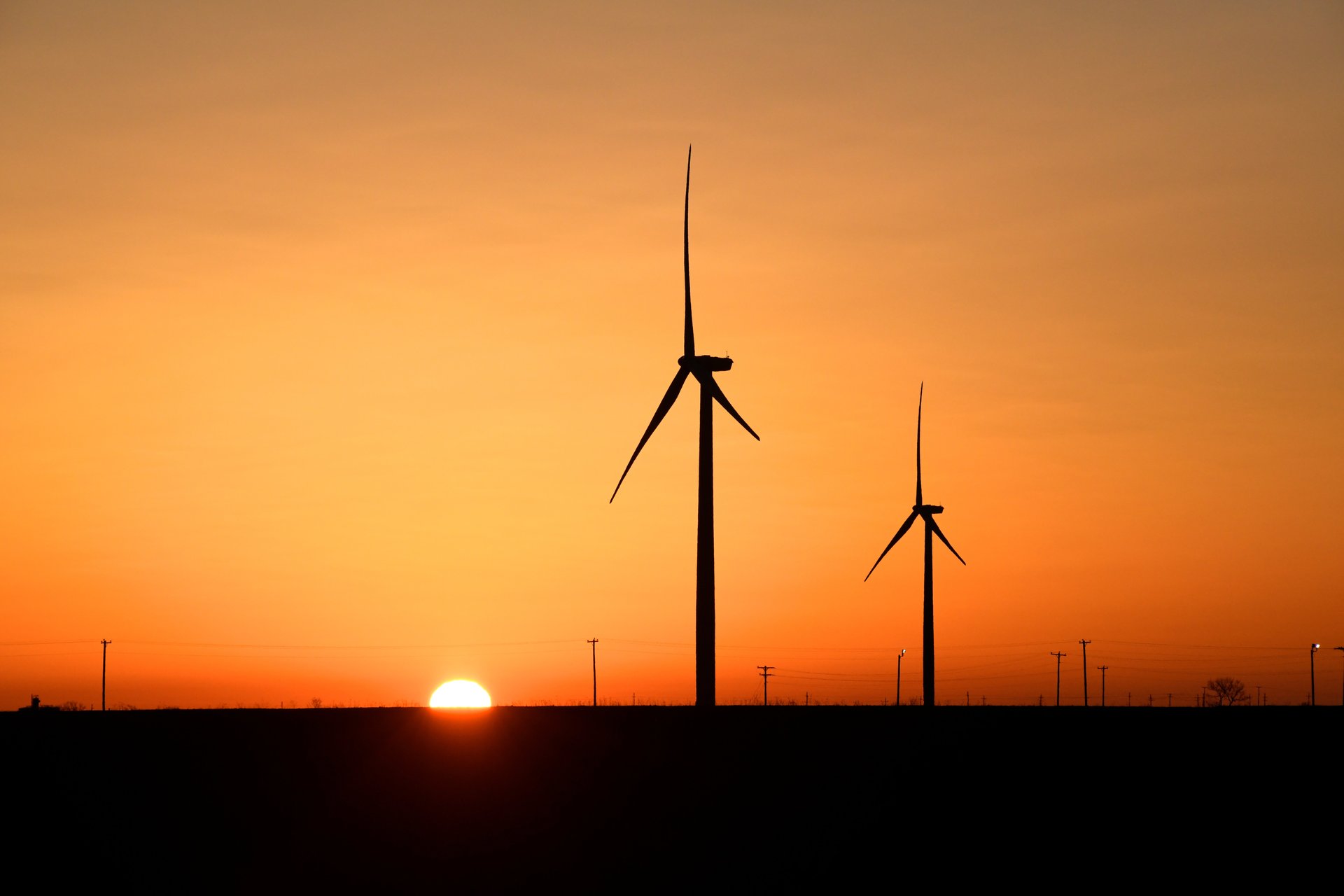Wind energy is saving the Texas grid, not crippling it
The state's power prices are the lowest in the country, thanks to strong wind energy production

Texans are bracing for a winter storm beginning Dec. 22 that could deliver harsh cold winds and temperatures dropping to 10F.
The winter blackouts that hit the state in February 2021, which caused hundreds of deaths, nearly $200 billion in property damage, and soaring electricity bills, will still be fresh in many residents’ minds. This time around, the state has better chances to withstand the adverse weather conditions.
“I don’t see a high likelihood of them having problems,” said Patrick Milligan, senior manager for power markets at the consulting firm ICF.
For one thing, Milligan said, conditions are not expected to be as frigid. In 2021, the state experienced subzero temperatures for days, which led to the failure of gas distribution networks that were the main cause of the blackouts. At the same time, the cold led to a sudden spike in demand for gas and electricity for home heating. This weekend, Milligan said, the demand forecast is lower and, unlike in 2021, on par with what grid operators have planned for.
Wind power is Texas’s not-so-secret weapon against the winter storm
Wind energy is also coming to the state’s rescue. Texas has one of the country’s highest rates of wind consumption, which produced about one-quarter of its electricity so far this year. In the run-up to this weekend’s storm, wind power production has been strong, overtaking gas as the top power source on multiple days, according to intelligence firm Rystad Energy.
All that wind has also helped keep the state’s electricity prices low. Texas currently has the lowest electricity prices in the country, according to Rystad, largely thanks to wind. Other regions and states have seen electricity prices spike over the last week in response to the sudden onset of cold temperatures and an even higher reliance on natural gas, prices for which are high. California in particular has seen power prices jump briefly to record levels because the state has very little natural gas in storage and was caught off guard by low temperatures.
Texas has also used the time since the 2021 storm to invest in hardening its grid. According to a January 2022 report by ERCOT, the state’s grid operator, 321 out of 324 electricity generation facilities passed a review for extreme winter weather preparedness. Those upgrades haven’t yet been put to a 2021-level test—and there’s no telling when that might come.
